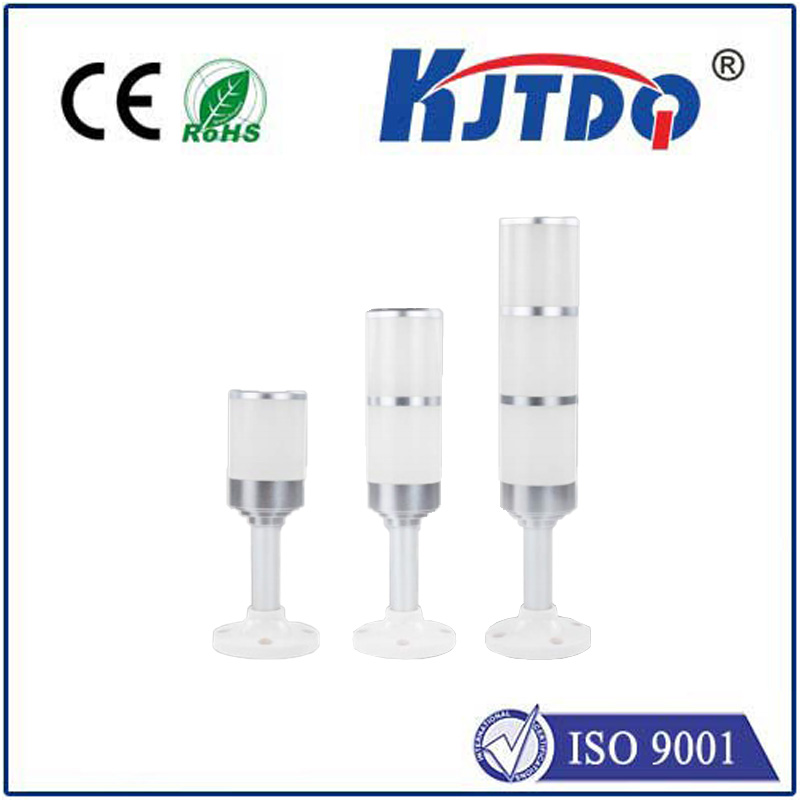BIM-IKT-AD4: A New Era in Building Information Modeling and Digital Transformation
The integration of Building Information Modeling (BIM), Information and Communication Technology (ICT), and Advanced Data Management (AD4) represents a transformative shift in the construction and facility management industries. This synergy is not merely a trend but a necessity in today’s competitive and rapidly evolving landscape. The term BIM-IKT-AD4 encapsulates the convergence of these three critical domains, each playing a vital role in the digital transformation of the built environment.
At the heart of this integration lies BIM, which serves as the foundation for accurate and efficient design, construction, and operation of buildings. BIM enables the creation of detailed digital representations of physical and virtual assets, allowing stakeholders to visualize, analyze, and manage projects in real time. By integrating data from multiple disciplines, BIM enhances collaboration and reduces errors, leading to cost savings and improved project outcomes.

However, the true power of this integration lies in the ICT component, which provides the infrastructure and tools necessary to support BIM. ICT encompasses a wide range of technologies, including software, hardware, communication networks, and data management systems. These technologies enable seamless data exchange between different stakeholders, from architects and engineers to contractors and facility managers. The use of cloud-based platforms and mobile applications further enhances the accessibility and efficiency of BIM workflows, allowing teams to work remotely and collaborate in real time.
The AD4 component, as the name suggests, stands for Advanced Data Management, which focuses on the management and utilization of data in the built environment. AD4 ensures that data is not only collected but also analyzed, stored, and shared in a structured and secure manner. This is particularly important in large-scale projects where data volume and complexity can be overwhelming. By implementing robust data governance and management practices, AD4 enables organizations to make informed decisions, optimize resource allocation, and improve overall project performance.
The synergy between BIM, ICT, and AD4 is not just theoretical; it is already being implemented in real-world projects across the globe. For instance, in the automotive industry, BIM is used to design and simulate vehicle components, while ICT facilitates the integration of these components into a cohesive system. AD4 ensures that all data is managed in a way that supports real-time monitoring and maintenance, leading to increased efficiency and reduced downtime.
One of the most significant benefits of this integration is the enhanced collaboration it brings to the table. With BIM, ICT, and AD4 working in unison, teams can share information more effectively, reducing the risk of errors and improving project timelines. Moreover, the use of advanced data analytics within AD4 allows for predictive maintenance and performance optimization, which are critical in ensuring the long-term functionality of infrastructure.
In conclusion, the BIM-IKT-AD4 framework represents a new era in the construction and facility management industries. It is a powerful combination of technologies that enables more efficient, accurate, and sustainable building projects. As the built environment continues to evolve, the adoption of such integrated solutions will become increasingly essential for organizations seeking to stay competitive and innovative.









